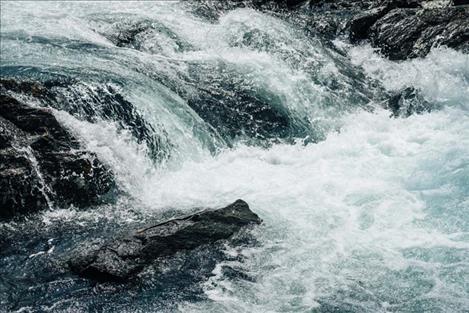High water requires planning ahead
Hey savvy news reader! Thanks for choosing local.
You are now reading
2 of 3 free articles.
News from Montana FWP
MONTANA – When spring is in the air, snow melt creates high water in our streams and rivers. People might want to get out there in a boat, but high water can be deadly when conditions are too extreme for safe boating.
Although it can be hard to put safety ahead of adventure when you’ve spent hours planning a boating trip, sometimes the only safe choice is to stay off the water.
If you do go, make sure you stay safe by wearing a well-fitted personal flotation device or life jacket when on and around the water. Even if you are only near a rapidly flowing river, wear a life jacket; it could save your life. If you fall into cold water without a life jacket on, you could drown in a matter of minutes.
There are other times, especially for less experienced boaters and floaters, when the dangers aren’t apparent until they’ve entered the water.
Here are some tips for navigating the dangers of high water:
— Don’t boat alone.
— Make sure someone on shore knows where you plan to put in, take out, and when you plan to return.
— If the water is in a stage you wouldn’t choose to swim in, then don’t launch your boat.
Boaters should also make a study of high-water hazards and be prepared to cope with dangers like:
— debris in the water
— capsizing in cold water and the possibility of hypothermia
— bridge abutments that catch debris and create swirling waves
— turbid, muddy water that makes other hazards difficult or impossible to see
Don’t forget that high water can also cause damage and Fishing Access Site closures, and restrictions are likely as spring runoff continues. For updates on FAS closures, visit: fwp.mt.gov and click “Restrictions and Closures.”
If in doubt, don’t go. If you have any questions, please contact Sara Smith, Boating Education Coordinator for the Montana Fish, Wildlife & Parks Recreational Boating Safety Program, at 406-444-5280 or email: sarsmith@mt.gov.
















